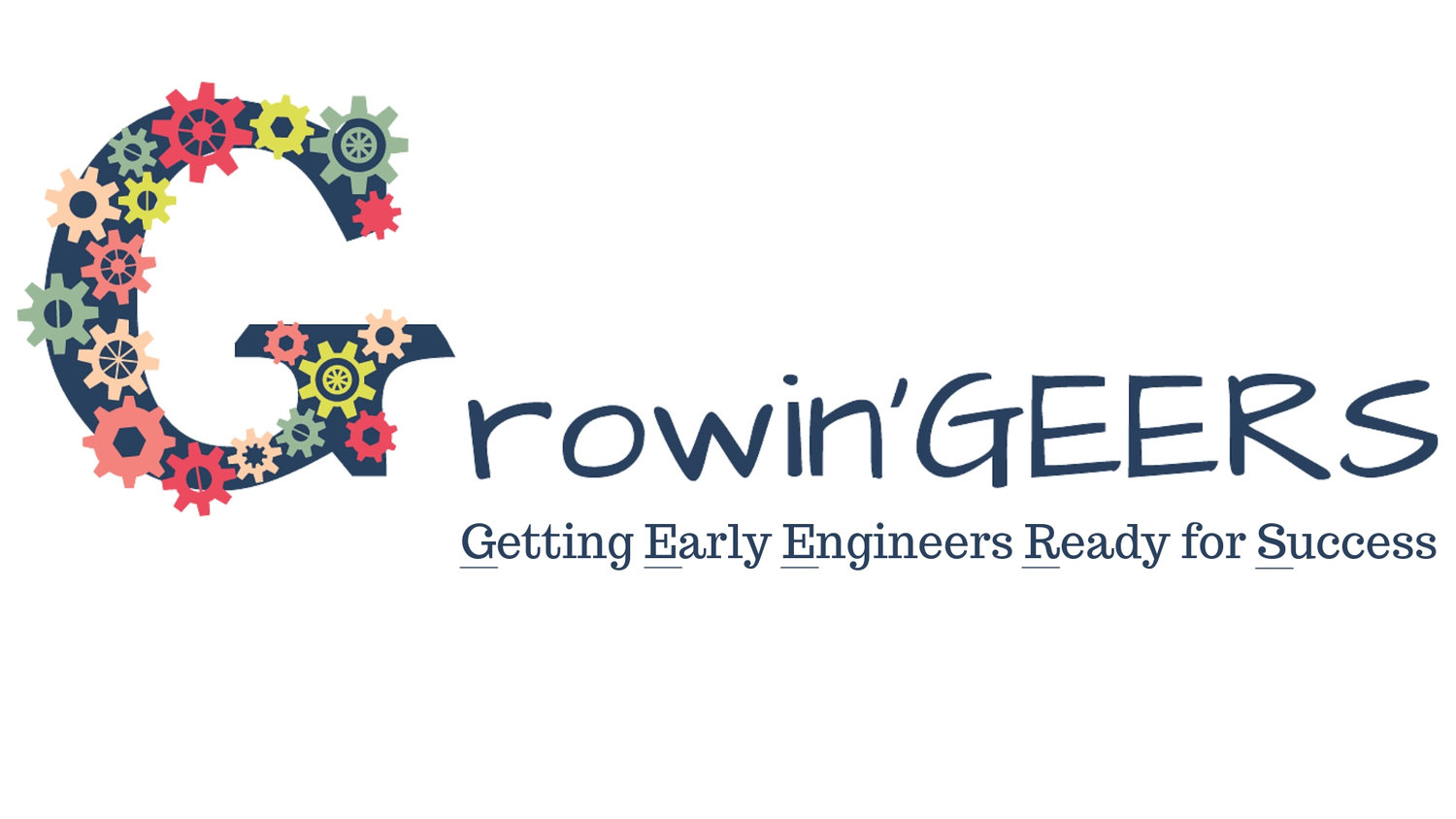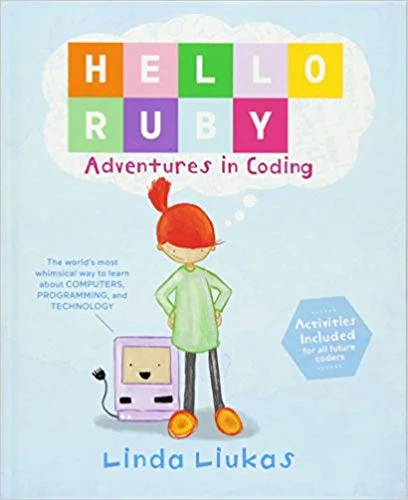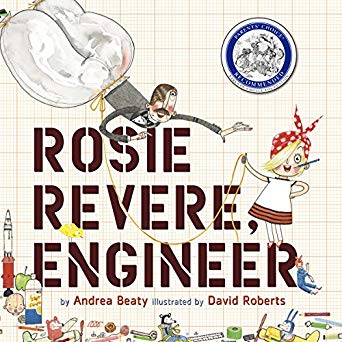Hello Ruby: Adventures in Coding
Age Range: 4 - 8 years
Grade Level: Preschool - 3
This is one of our top picks because it encompasses the application of engineering skills. Not only are you learning about Ruby and following her adventure, you learn about conceptual coding concepts, how to break down a problem, and how to look for patterns. The key to any successful engineer is to understand that you can solve anything you put your mind to, and this book is a great way to encourage kids that they can do anything!
Mistakes That Worked: 40 Familiar Inventions & How They Came to Be
Age Range: 8 - 12 years
Grade Level: 3 - 7
At Growin’GEERS, we are all about encouraging failure. There are few great engineers that have accomplished something amazing that haven’t experienced failure hundreds of time. This book is a great way to give students examples of how failures can be great learning experiences and how you can truly stumble into something great by never giving up.
Rosie Revere, Engineer
Age Range: 6 - 9 years
Grade Level: 1 - 4
Rosie is a great all encompassing example of what it takes to be an engineer. Her aunt acts as a wonderful role model within the story, and her focus on encouraging her to not quit is so critical to building a strong and resilient engineering mindset. This is a great starter book for any child who hasn’t hear of engineering, is just beginning to show an interest, or is an old pro at STEM activities.
Ancient Rome: Monuments Past and Present
Age Range: All Ages
Grade Level: All Grades
Growing up, this was one of my favorite books. It is such an interesting way to not only compare past and present but to see how the ancient Romans approached architecture. What they were able to accomplish in the time is remarkable, and this is a great book to get it into the hands of budding engineers! In addition, this is a great book for students that aren’t the best readers. There is a lot to leann from the images alone, so it works for an array of ages.
Anna the Engineer
Age Range: 8 - 12 years
Grade Level: 3 - 7
This is a fun and engaging story that follows the journey of Anna as she decides what she should do for her science fair project. The reading level is a bit higher, so this is a great pick for students at an upper elementary reading level. We love it because it breaks the traditional thought process associated with a science fair and introduces engineering as a valid science fair project option!
The Giant Book of Creativity for Kids: 500 Activities to Encourage Creativity in Kids Ages 2 to 12--Play, Pretend, Draw, Dance, Sing, Write, Build, Tinker
Age Range: 2 - 12 years
Grade Level: K - 7
Growin’GEERS is a firm believer that creativity and critical thinking is a must-have skill to be a successful engineer. This book gives a lot of small, easy to take activities that exercise that creativity! In addition, it spans a large age range so this is a great read for families with a wide range of ages!
I Can't Do That, YET: Growth Mindset
Age Range: 6 - 9 years
Grade Level: 1 - 4
Engineering is all about solving the world’s problems. However, if you don’t believe you have the skills to get it done, you never will! This is a great read to encourage students to understand that they may not be great at everything now, but they can be if they value growth and learning through the entirety of their lives. By instilling these values early in life, kids can be better prepared for the skills that they may not be great at from the beginning.
Engineered!: Engineering Design at Work
Age Range: 8 - 12 years
Grade Level: 3 - 7
We love this one for the attention that is paid to connecting engineering to real world scenarios. As one of our main missions, we know how important it is to connect concepts to application, and this one does an amazing job making that connection! Plus, the illustrations are so fun!










